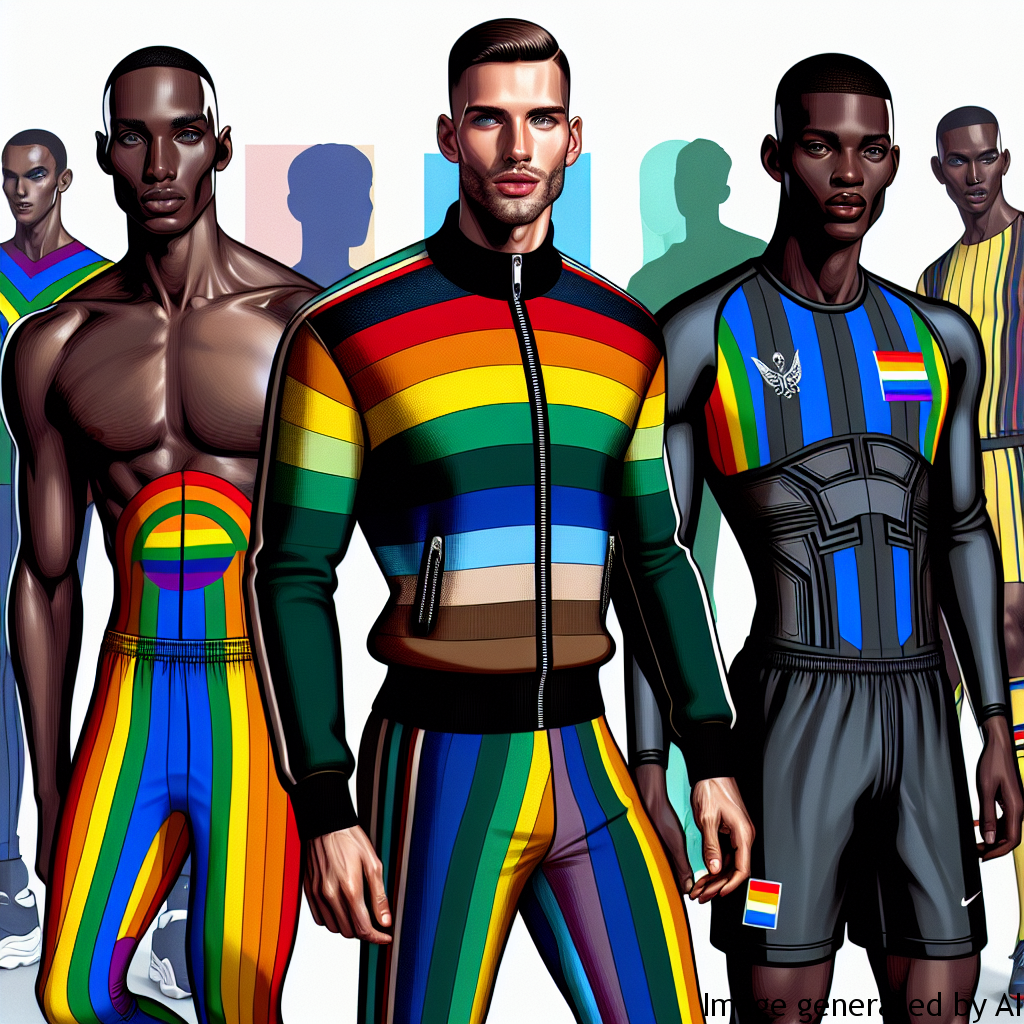Introduction
There’s a strong and often understated link between clothing and sexuality in society. Whether intentional or otherwise, the clothes we choose to wear can say a lot about our sense of fashion, our personalities, and our sexual identities. This is even more pronounced in specific contexts such as sportswear, particularly men’s sportswear, a topic that requires in-depth dissection. To fully understand the complex dynamics surrounding masculinity and sexuality in men’s sportswear, it’s essential to look at the influence of gender expectations, their effects on men’s mental health, how they can impact men’s lives, and how men can upkeep their psychological health amidst these expectations.
Description of Gender Expectations and Their Impact on Men’s Mental Health
The Influence of Gender Expectations
Society tends to box men into certain stereotypical roles, who must fit into a set of expectations centered around their perceived masculinity. These expectations often find a prevalence in sportswear. The clothes designated for males are often structured, athletic, and bold–reflecting the societal beliefs of the “ideal” man as strong, unfeeling, and assertive.
Effects on Men’s Mental Health
These expectations can wreak havoc on men’s mental health. Men who do not “fit” into these standards may undergo pressure, causing stress, anxiety, and reduced self-esteem. The tension between self-expression and societal expectations can lead to internalized negative sentiments and, in severe cases, even depression.
Examples of How Gender Roles Can Impact Men’s Lives
In the realm of sportswear, those who do not meet the criteria of societal masculinity may suffer from social ostracization. Men who choose form-fitting clothes, bright colors, or designs typically associated with femininity may face derogatory stereotypes, which can lead to socio-professional exclusion and a severe impact on their personal relationships.
The bullying that results from this non-conformance can lead to a feeling of isolation, fear, and self-doubt. This causes a vicious cycle–an unstable emotional state can affect professional performance, causing further stress and feeding back into the cycle.
Tips to Improve Men’s Mental Health with Respect to Gender Roles
Men who feel the pressure of societal gender expectations should work towards a blend of self-acceptance and self-expression. Embracing one’s unique style and breaking the mold of traditional masculinity is not only an act of personal identity affirmation but also a stand against stereotypical societal norms. Mental health resources should be sought if required so that they can engage in a supportive conversation about their feelings and struggles.
Regular exercise, well-balanced diet, healthy sleep patterns, and open communication with friends and family can also contribute to better mental health and personal wellbeing.
Conclusion
The excessive gender expectations placed on men in aspects such as their sportswear can profoundly impact their mental health and quality of life. It’s important to highlight these issues and continue conversations about them so that societal norms can progressively break free from the shackles of stringent gender roles. Ultimately, men’s sportswear should be about comfort and personal style, not a litmus test of masculinity.

